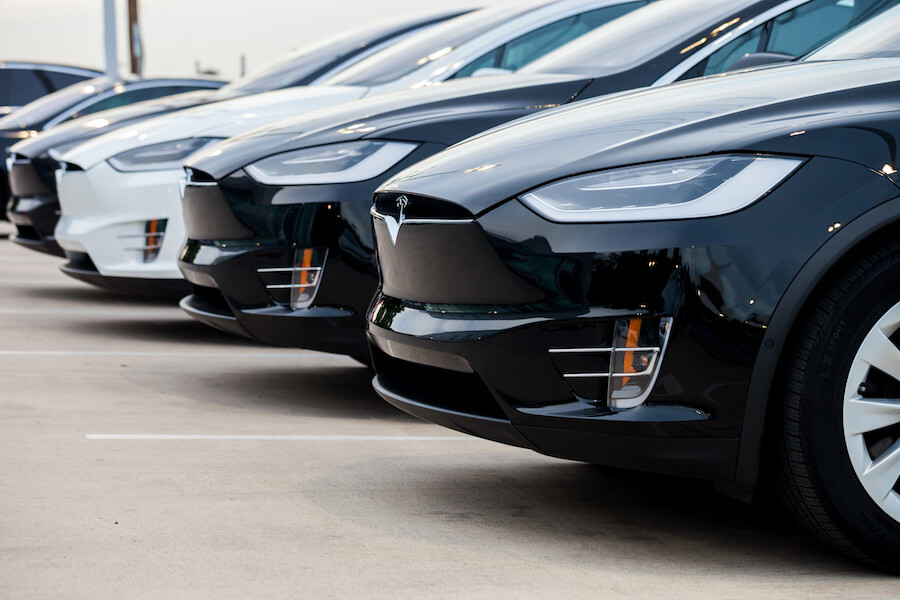
The mechanical jiffies and tads experienced in an automobile are often controlled by electronic systems. In the last few years, development of autonomy in cars has created a new chapter in the world of transportation. And, this is where automotive electronics pave in the scenario with high-end gadgetry and sensor integration system.
Automotive electronics are exclusively fabricated and designed for use in vehicles. Automotive electronics can be contingent on more extreme temperature variations than that of standard or commercial electronics.
Most electrical devices are contrived in different temperature categories with each designer stating its own temperature grades or scores. This is the reason why manufacturers and engineers must be highly attentive toward the actual stipulations on product datasheets.
Here, it’s worth mentioning that it was for engine control, a computer was first used in a vehicle. Known as the Engine Control Unit or the ECU computer, the system was first seen in a Volkswagen in the year 1968. Electronic fuel injection or EFI was the main function it was used for.
Any combined use of smart telecommunications using high-end communication technologies and information is known as telematics and a major part of automotive electronics involves this system. It is an applied science that takes in distributing, collecting, and putting down information associated with automobiles through smart telecommunication gadgets. Following is the list that comprises instances of communications that take the utmost benefits of telematics.
• Car tracking
• Wireless vehicle safety transmission
• Emergency alert system for automobiles
• Intuitive automobile technologies
• Car-sharing mechanism
• Satellite triangulation
• Road safety features
Electrical system control and Infotainment systems- these are the two main categories automotive electronics can be classified into. Being derived from a smart combination of the words information and entertainment, infotainment refers to IVI (in-vehicle infotainment) and ICE (in-car entertainment). It can also be defined as a smart assortment of software and hardware in vehicles that dole out video and audio content in a fusion of entertainment and information. And, it would not be wrong to term infotainment system as the catalyst to transmute a simple, ordinary vehicle into a smart car- one that not only comes up with outstanding entertainment services, but also lays out technologies such as abetting a driver while parking a vehicle, notifying him on a jammed traffic path, recommending an alternative route, and also providing high-speed internet connectivity inside the car.
In a nutshell, the automotive electronics industry is mainly involved in equipping automobiles with automatic as well as digital controls. High-end features such as mutable ride modes, lighting, driver aids, automatic ride panels, infotainment, power windows, and others have made the technology highly preferred among individuals. The electronics are mounted in various species of vehicles such as HCVs, LCVs, and passenger cars. Also, airbag systems, multipurpose camera, automotive radar system, high-efficiency generator, LED rear light unit, light control with top-end touch sensor, TPMS etc. are some of the major automotive electronics equipment to name for.
According to Allied Market Research, the global automotive electronics market is expected to register a significant CAGR from 2020 to 2026.Rise in adoption of artificial intelligence and Internet of Things in vehicles, surge in demand for in-vehicle safety equipment, growing inclination toward infotainment features fuel the market in more than one way. On the other hand, less adoption of automotive gears in newly industrialized nations and upsurge in overall cost of end-products are expected to restrain the growth to some extent. However, rise in the trend of autonomous driving across the globe has almost toned down the restraining factor and created a number of opportunities in the industry.






